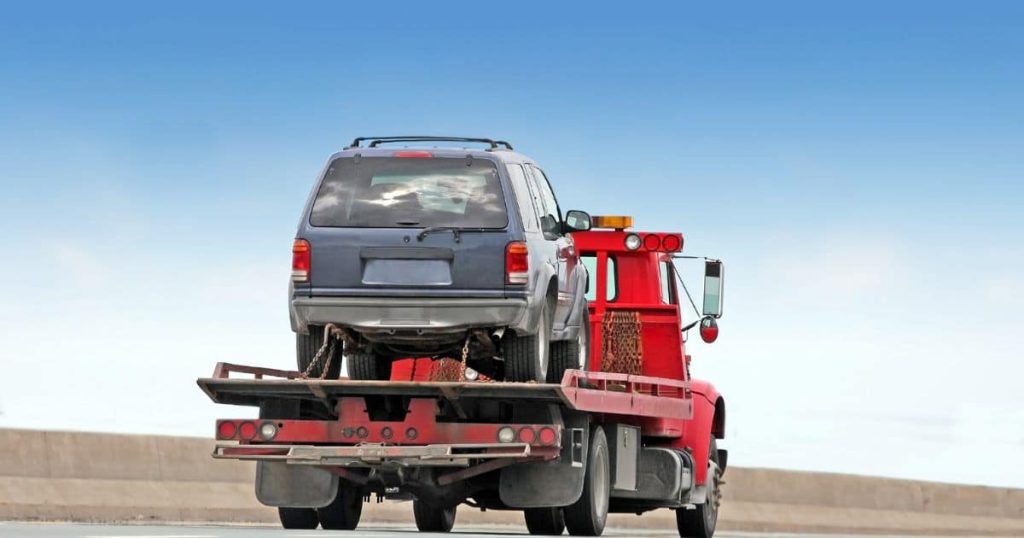
Professional On Time roadside assistance in Dún Laoghaire
When it comes to professional and reliable roadside assistance in Dún Laoghaire, Fast Recovery is the go-to company. We understand that being stranded on the side of the road can be a stressful and inconvenient experience. That’s why our team of highly trained professionals is dedicated to providing prompt and efficient assistance to get you back on the road as quickly as possible.
Why Choose Fast Recovery?
There are several reasons why choosing Fast Recovery for your roadside assistance needs in Dún Laoghaire is a smart decision. Firstly, we pride ourselves on our professionalism. Our team consists of experienced technicians who have extensive knowledge and expertise in handling various roadside emergencies.
In addition to our expertise, we also prioritize punctuality. We understand that time is of the essence when you’re stuck on the side of the road, which is why we strive to provide on-time assistance. With Fast Recovery, you can trust that help will arrive promptly, minimizing any further inconvenience or delays.
Furthermore, our commitment to customer satisfaction sets us apart from other roadside assistance providers. We prioritize clear communication and transparency throughout the entire process. Our friendly team will keep you informed about the estimated arrival time and provide updates as necessary.
Fast Recovery also offers a wide range of services to cater to different types of roadside emergencies. Whether you need a jump-start, tire change, fuel delivery, or even vehicle recovery, we have got you covered.
To ensure a seamless experience for our customers, we have invested in state-of-the-art equipment and tools. This allows us to handle various situations efficiently and effectively.
In conclusion, if you find yourself in need of professional and on-time roadside assistance in Dún Laoghaire, look no further than Fast Recovery. With our experienced team, punctuality, commitment to customer satisfaction, and comprehensive range of services, we are the reliable choice for all your roadside assistance needs. Visit our website https://fastrecovery.ie/ to learn more about our services and get in touch with us today.
24/7 roadside assistance in Dún Laoghaire
We offer 24-hour roadside assistance in Dún Laoghaire. Our team is available around the clock to assist you with any roadside emergencies or breakdowns you may experience. Whether you need a jump start, tire change, fuel delivery, or any other type of assistance, we are here to help. Just give us a call and our experienced technicians will be dispatched to your location promptly. We strive to provide fast and reliable service to get you back on the road as quickly as possible. Trust us for all your roadside assistance needs in Dún Laoghaire.
FAQ (roadside assistance in Dún Laoghaire)
1. What services does Fast Recovery offer for roadside assistance in Dún Laoghaire?
Fast Recovery offers a range of services for roadside assistance in Dún Laoghaire. These include jump-starting dead batteries, tire changes, fuel delivery, lockout assistance, and towing services.
2. How quickly can Fast Recovery arrive at the scene for roadside assistance in Dún Laoghaire?
At Fast Recovery, we understand the urgency of roadside emergencies. We strive to reach our customers in Dún Laoghaire as quickly as possible. Our average response time is approximately 30 minutes or less.
3. Is Fast Recovery available 24/7 for roadside assistance in Dún Laoghaire?
Absolutely! Fast Recovery operates round-the-clock to provide reliable roadside assistance in Dún Laoghaire. Whether you experience a car breakdown during the day or night, our team is always ready to assist you.
4. Are there any additional charges for after-hours roadside assistance from Fast Recovery in Dún Laoghaire?
No, there are no additional charges for after-hours roadside assistance from Fast Recovery in Dún Laoghaire. We believe in transparent pricing and do not impose any extra fees based on the time of service.
5. Can I rely on Fast Recovery’s technicians to handle my vehicle with care during roadside assistance in Dún Laoghaire?
Absolutely! At Fast Recovery, we have a team of highly skilled and experienced technicians who prioritize the safety and well-being of your vehicle during roadside assistance in Dún Laoghaire. You can trust us to handle your vehicle with utmost care and professionalism.
If you require immediate roadside assistance in Dún Laoghaire, please contact Fast Recovery at 0871148495. Our dedicated team is always ready to help you in times of need.
